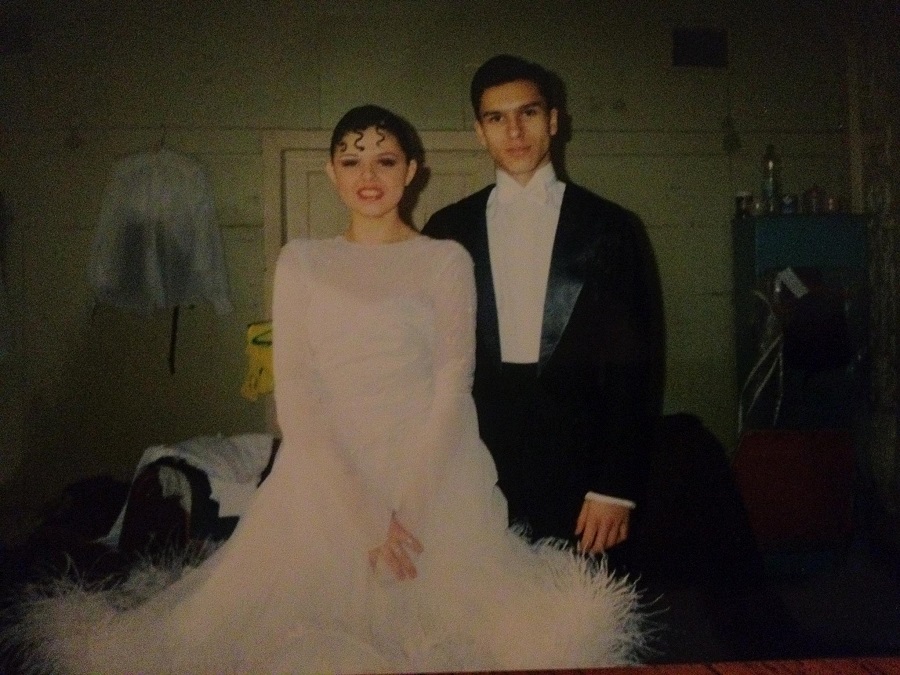Ballroom dancers have an American dream too.
They come through customs hoping to propel their careers by training with some of the world’s top coaches.
But often these dreamers are gone again within six months, unable to pay the application fees for an O-1B work visa or meet its high burden of proof.
Sergey Nekrasov, a Russian dancer who immigrated to Seattle in 2005, was lucky. Though it cost him nearly $6,000 in legal and submission fees, he was able to secure a work visa two months after mailing his application.
A five time Russian Samara Regional Champion and a finalist in a variety of competitions across Europe, Nekrasov has waltzed and sambaed for over 27 years. He trained some of the top couples in Russia and received governmental recognition for his instruction.
“Compared to America, it’s very hard to teach and dance in Russia money-wise,” he said. “That’s actually why a lot of dance couples move from Russia or the former USSR region to the United States.”

Home to a few of the nation’s top couples, Seattle has seen an expansion in its ballroom community over the past couple years. With a number of high quality studios both in the city and on the east side, the Pacific Northwest has become an attractive destination to more than just social dancers.
Lured by the prospect of teaching in America, Nekrasov came to Seattle on a visitor visa after friends from his ballroom circle in Samara had found success working in a studio in Everett. The fastest way to acquire a work visa for a dancer is to apply under studio sponsorship. Unfortunately, many studios abuse dancers’ dependency and exploit them for the sake of profit, according to Nekrasov.
“You can get into a situation where you’re not just teaching,” said Nekrasov. “For the first few years I was in the studio from 10 a.m. to 10 p.m., cleaning and doing other odd jobs. I was only getting paid for the amount of hours I was teaching.”
The loneliness, paired with the financial, emotional, and physical costs, becomes hard to endure.
“It’s definitely way harder for ballroom dancers to get visas than it is for doctors, engineers or any other profession,” said Nekrasov. “Not so many people in immigration services know about dancing, that it’s actually a serious career for people.”
According to the nonimmigrant admissions report provided by the Department of Homeland Security, only 3.6% of the 1.9 million temporary workers and trainees allowed to work in the United States were granted an extraordinary ability or achievement (O-1) visa in 2013.
In Washington state, a mere 864 O-1 visas were granted in 2013, while specialty occupations (jobs dealing with science, engineering, medicine, education, and law) were granted nearly 22,000 visas.
While an H-1B visa requires a valid employer-employee relationship and a bachelor’s degree, an O-1B visa requires “evidence that the beneficiary has received, or been nominated for, significant national or international awards or prizes in the particular field.”
Many dancers, having devoted their entire lives to their craft in lieu of higher education or job training, are unable to apply for an H-1B visa. The “extraordinary ability or achievement” visa becomes their only hope.
“I had couples I was working with here in the states that became the national champions in the youth division,” mentioned Nekrasov.
“The officer from the immigration office who reviewed my case said that kids don’t count. That this wasn’t an achievement and that it wasn’t enough. I got asked to somehow prove that the national championships are actually nationals,” he said, laughing.
A number of dancers receive necessary documentation, mentioned Nekrasov. But many more struggle, are forced to return to their home countries, or lose precious time from their careers, he said.
This story was produced in partnership with the First Days Project.


Really interesting piece.
Hi
wish the program a nice one, I want to part